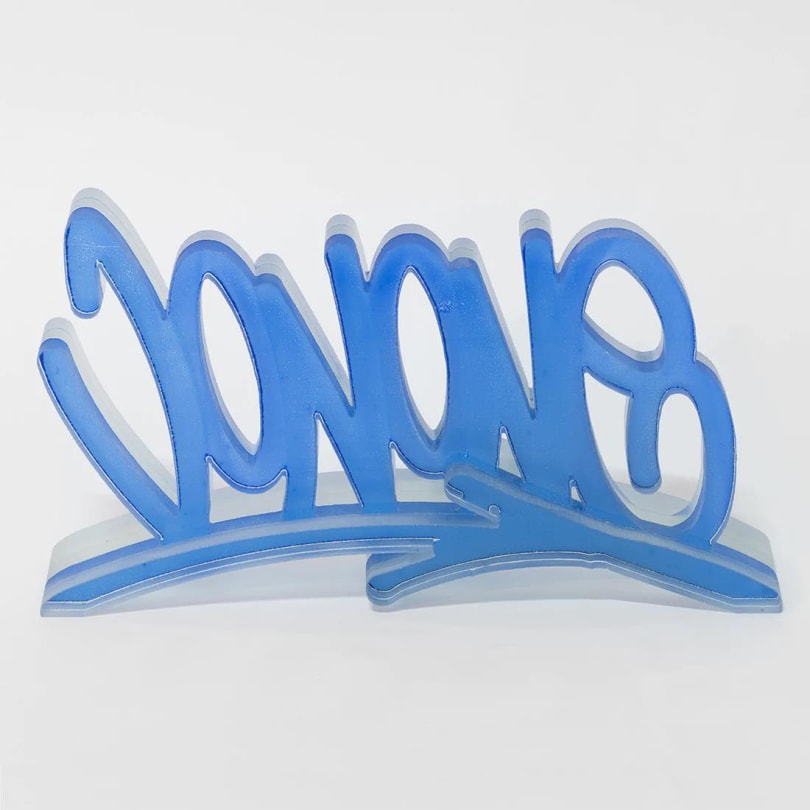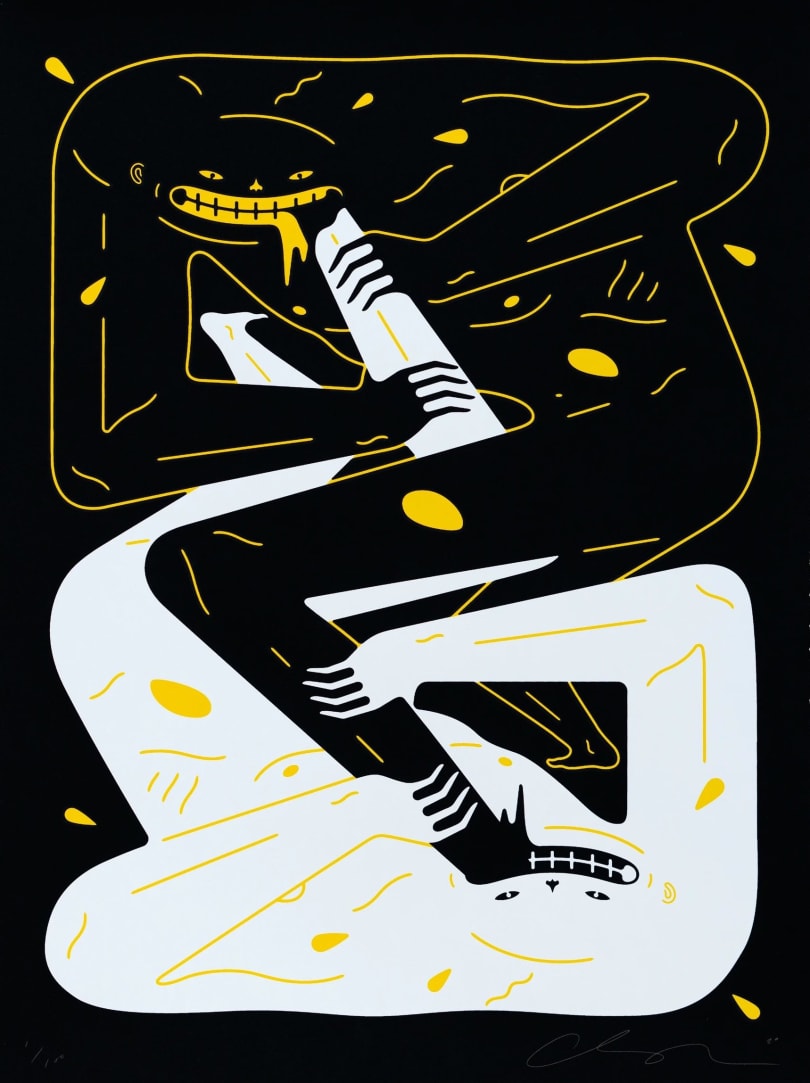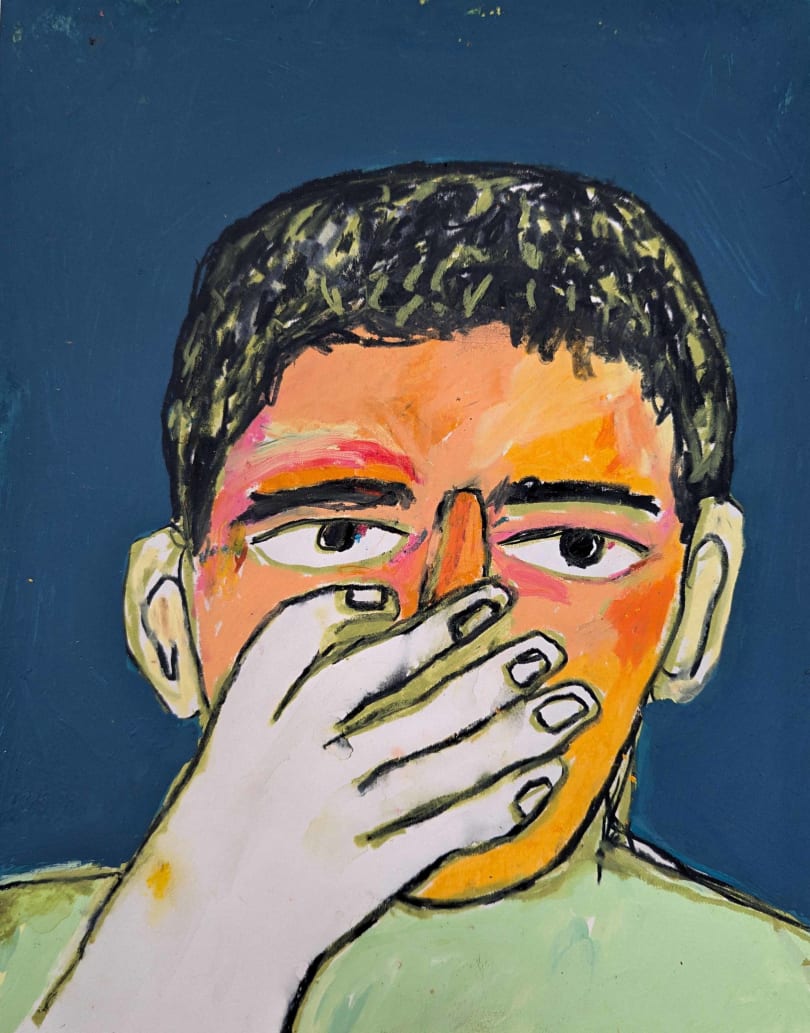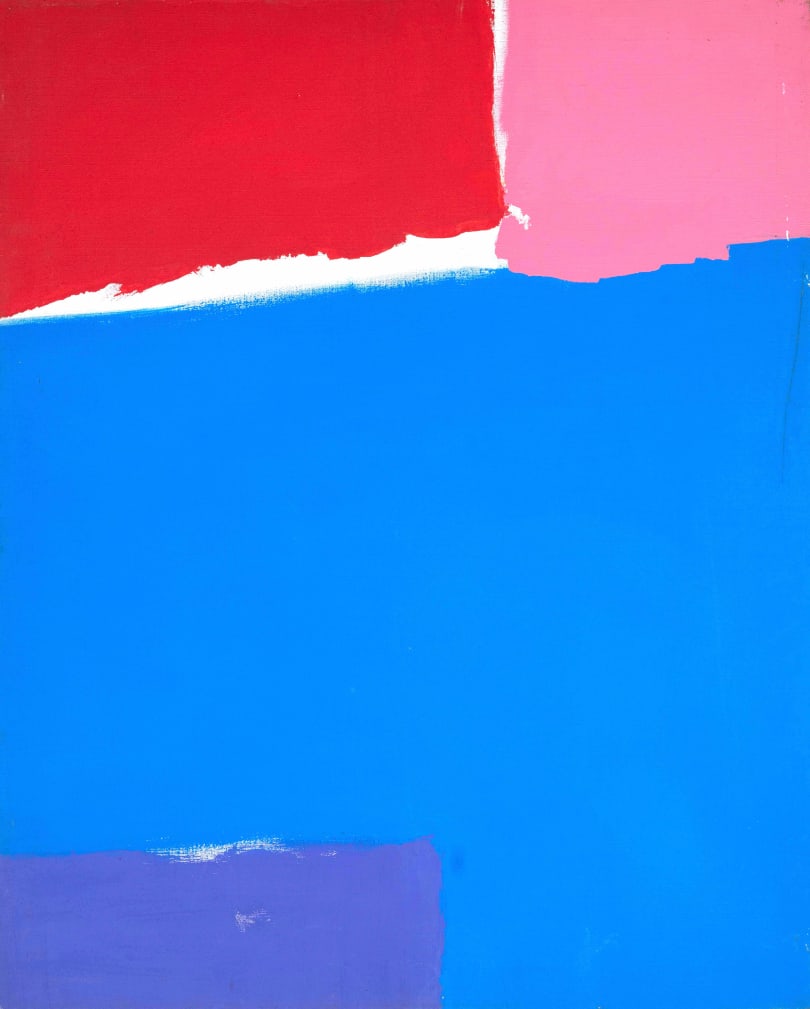
Artwork information
Category
PaintingTechnique
Oil on canvasDate
1993Dimensions
100 cm x 100 cmDimensions with frame105 cm x 105 cm
Signature
Signed and dated on the backProof(s) of authenticity
Painting sold with a certificate issued by the artist's daughter, Madam Debré-Huerre.State of conservation
Very goodFraming
YesLocation
Bourgogne, FranceDescription
A beautiful oil on canvas painted by Olivier Debré in 1993. This painting is signed, dated and titled on the back: "O. Debré Vallée colorée 93".
This landscape by Olivier Debré, which tends towards abstraction, offers a harmonious composition with bright colors. The work is framed in a light wood American box that highlights it perfectly.
Provenance
Sale Modern and Contemporary Art Calmels Cohen of June 30, 2004, Drouot, Paris - French private collection - Painting sold by mutual agreement on November 17, 2006 to its current owner, French private collection.
Bibliography
Catalog of the sale "Modern and Contemporary Art", Calmels Cohen, 30 June 2006, Lot n°78, p.43.



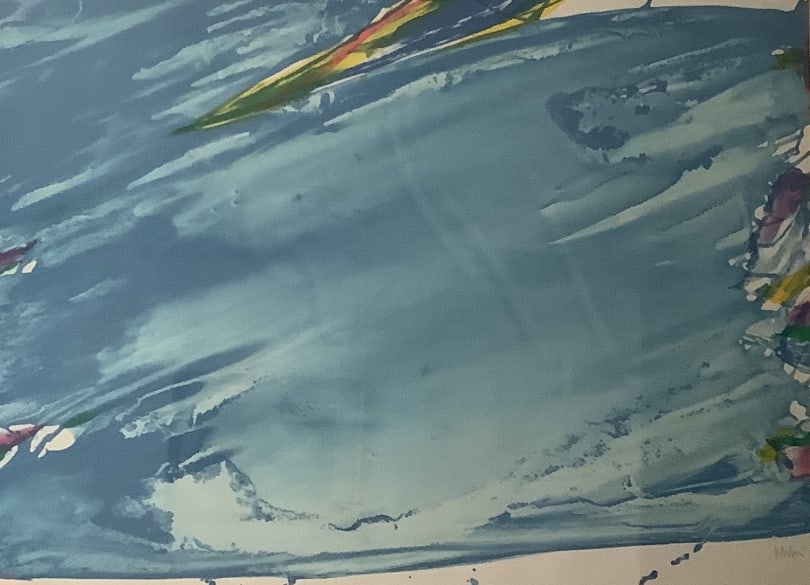





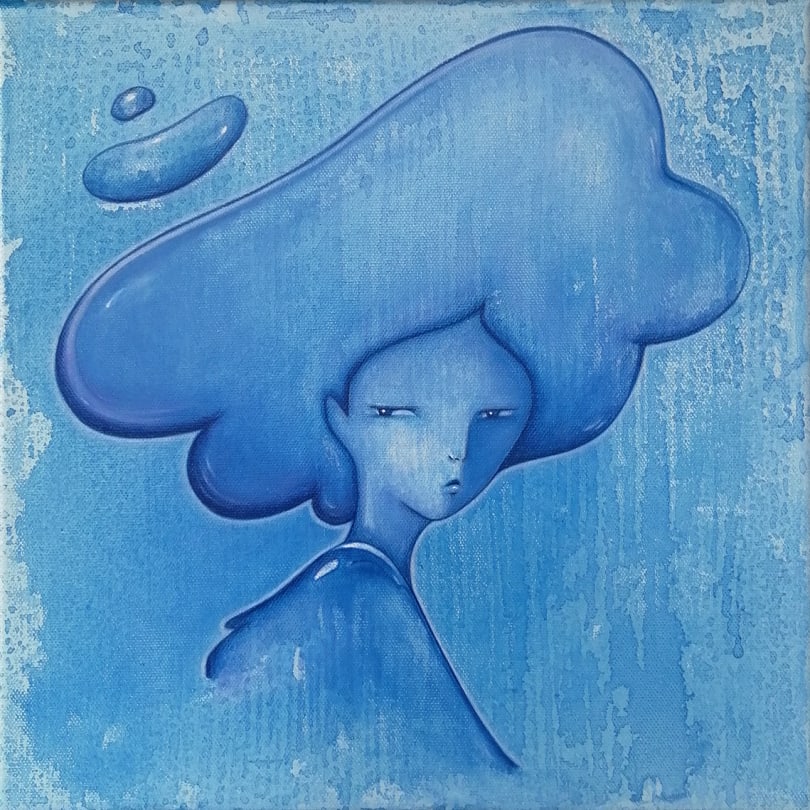



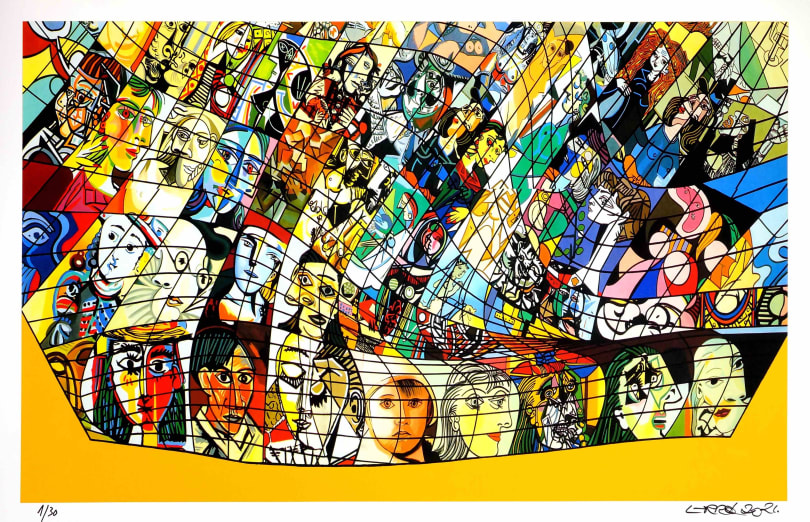
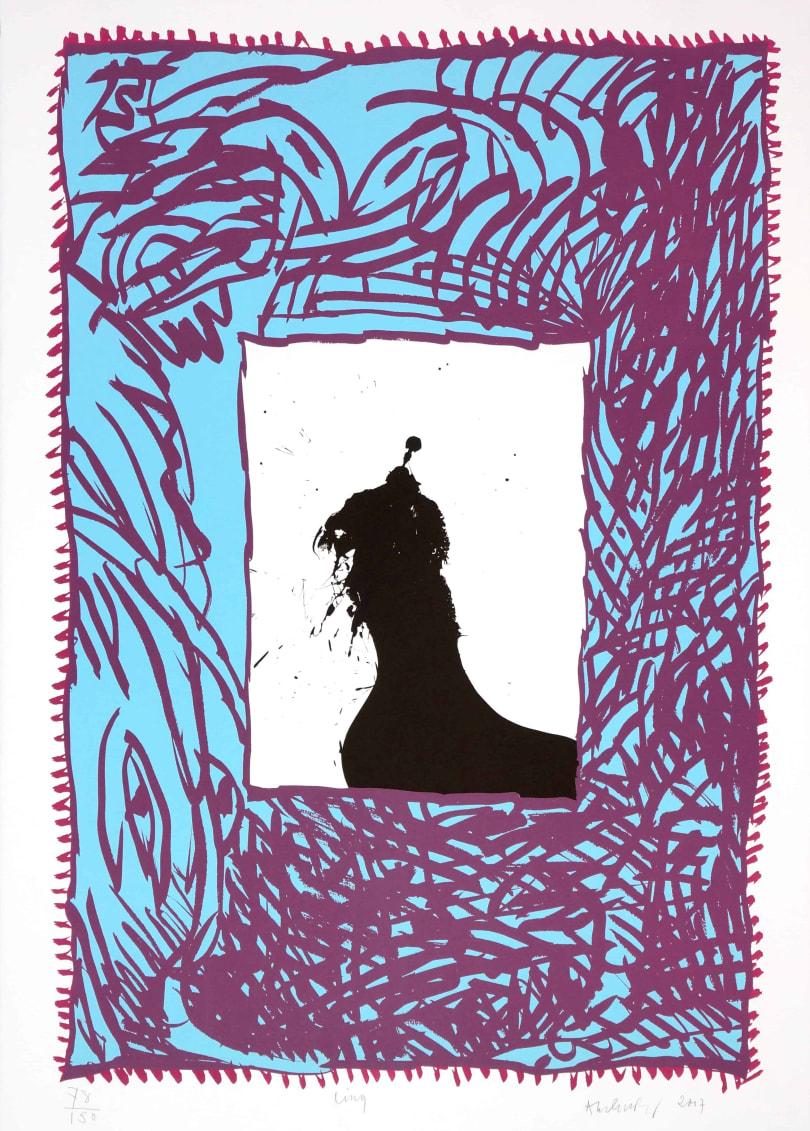







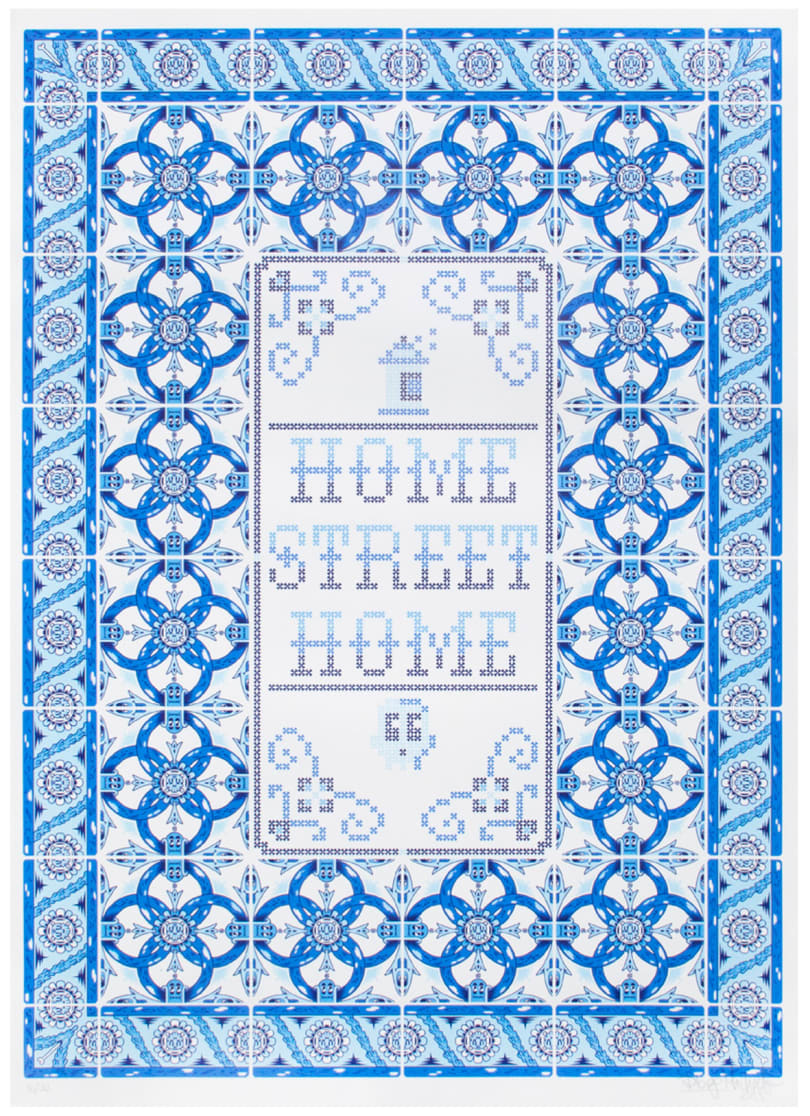


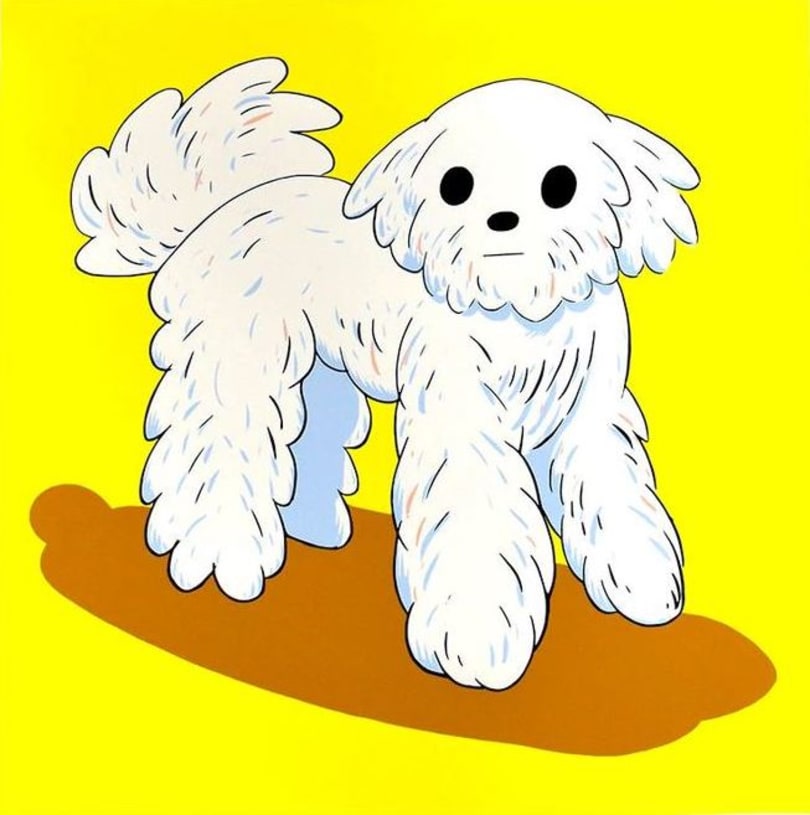
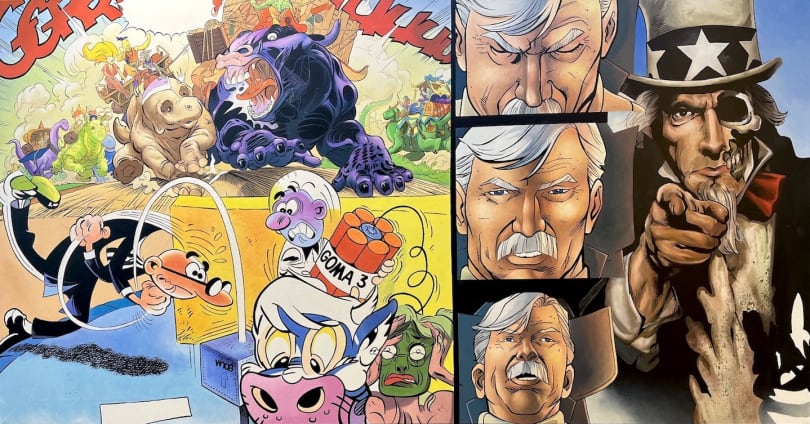


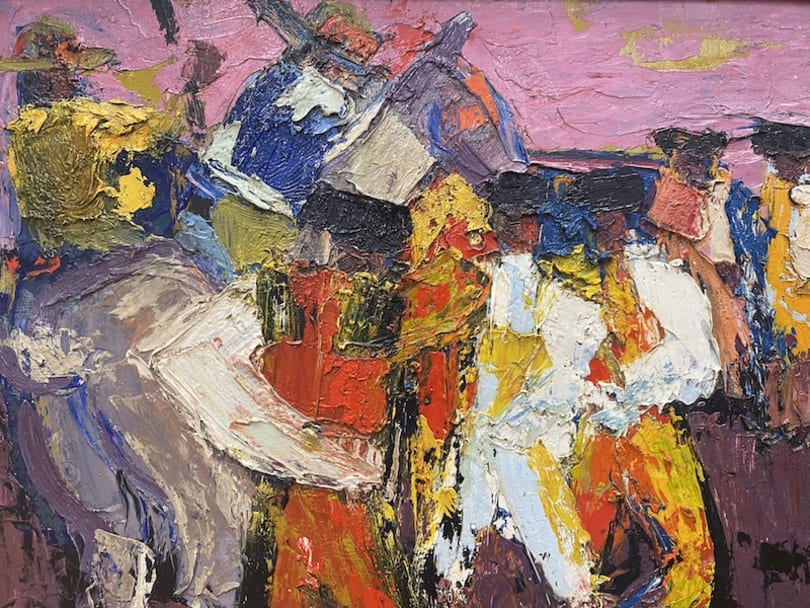
.jpg)


.jpg)


